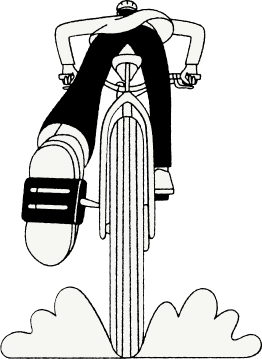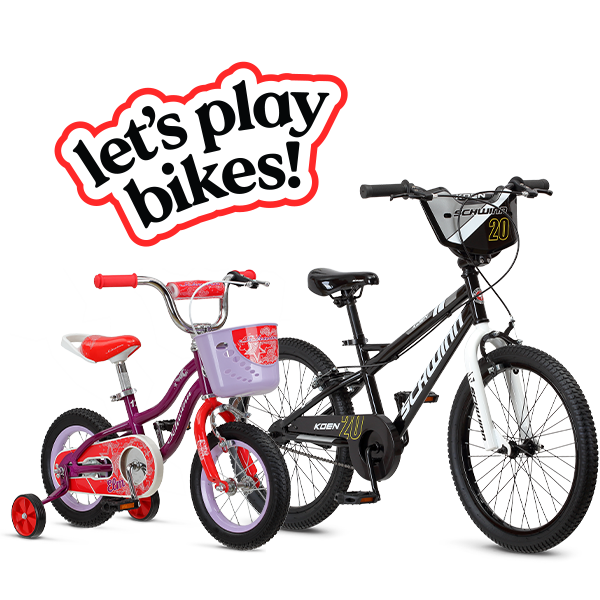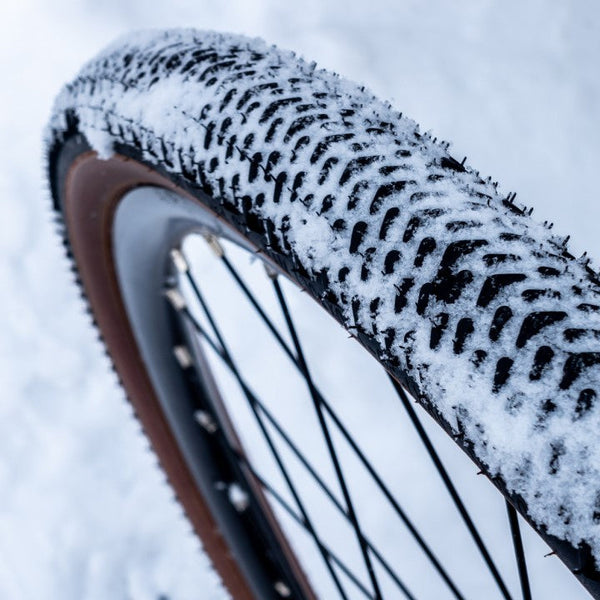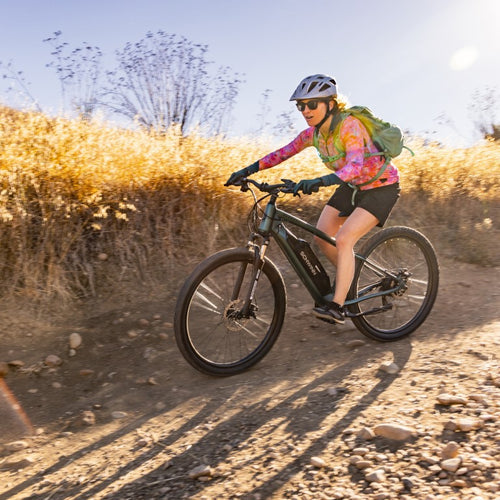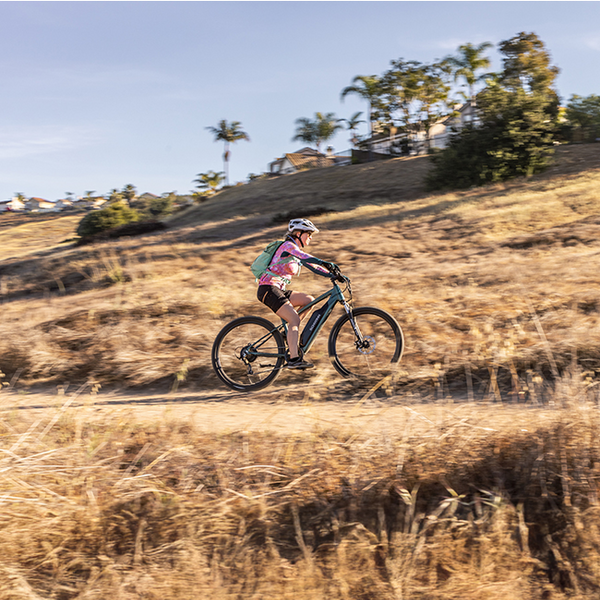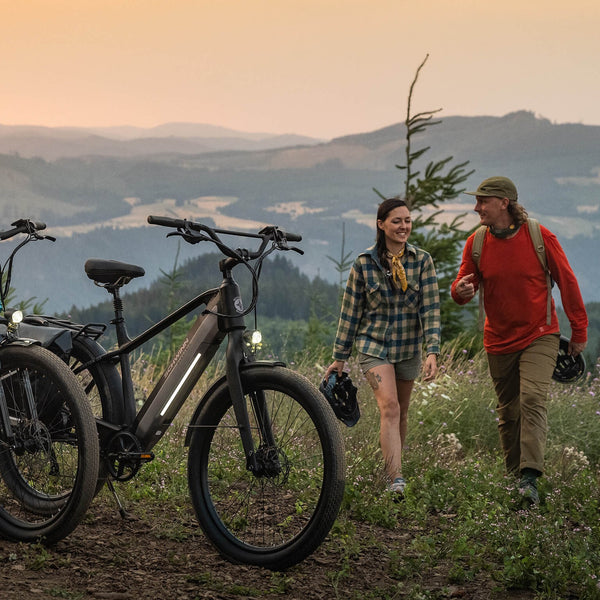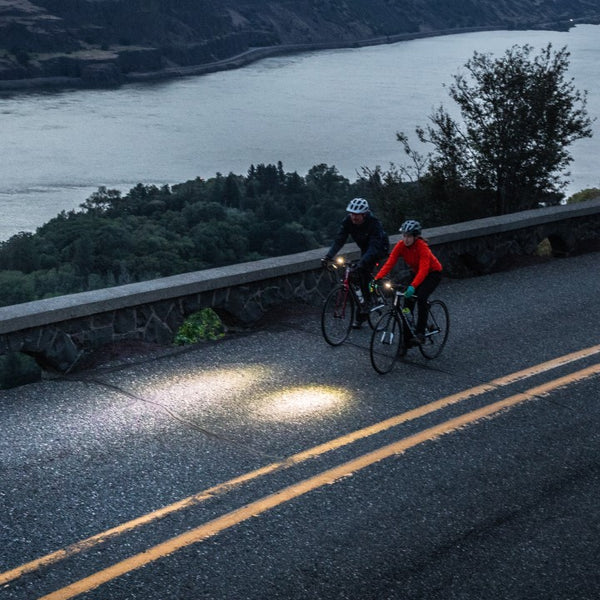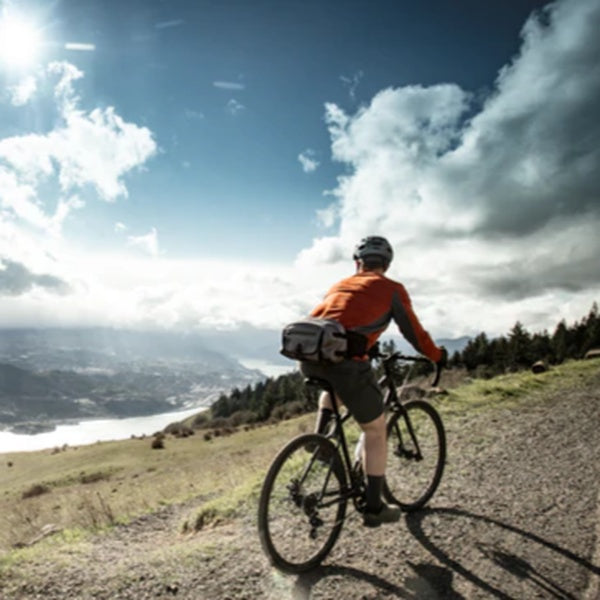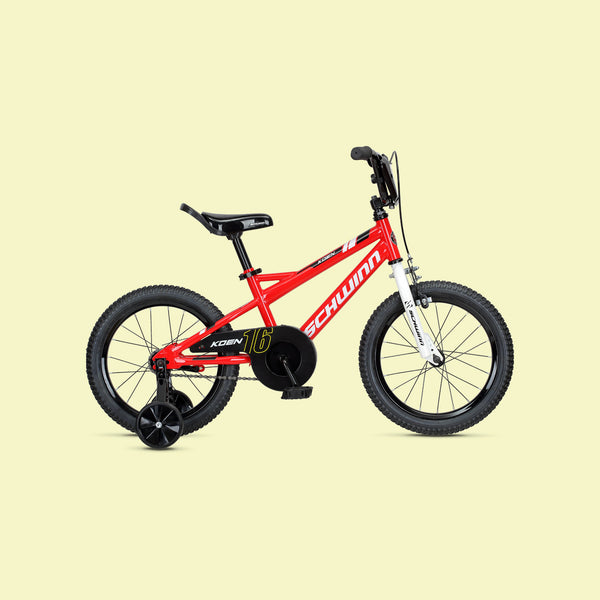The first question people typically ask me after they find out that I race road bikes competitively is, “How the heck did you even get into a sport like that?”
Well, the truth is, there isn’t really one simple answer to that question. Rather, it was a serendipitous course of events that led me to the sport followed by the ongoing support and encouragement I receive from my friends, family, coach, and community that keeps me going and allows me to dream bigger. In this blog post, I’ll cover what a criterium race is, what equipment and training you’ll need to get started, and how to find and register for events near you.
What is a Criterium Race?
First off, for the purpose of this blog and for the specifics of what we’ll get into, let’s break down what a criterium race is. According to Merriam-Webster, a criterium (crit for short) is: “a bicycle race of a specified number of laps on a closed course over public roads closed to normal traffic.”
But really, crit racing is so much more. Crit races typically last between 30-90 minutes and speeds vary based on weather conditions, course elements, prize money, and competition levels. The winner of a crit race is the first rider who crosses the finish line at the end of a race without having been “lapped.”
Prime Bell
Throughout the race, officials might ring a prime (pronounced “preem”) bell. If a prime bell is rung, the first rider to cross the finish line during that lap wins a specified prize (usually cash or swag).
While the duration of the race is comparatively shorter to other types of road racing, the varying speeds of the race are what set crit racing apart. A successful crit racer will possess a mixture of outstanding technical bike handling skills, a deep understanding of strategy and how to “read a race,” as well as the ability to continually sprint in and out of corners, follow and/or initiate attacks, and ultimately sprint for the win.
What equipment and training will I need to get started?
So, you’ve convinced yourself crit racing seems like a fun idea and want to give it a try. Your next question might be, “What equipment and training will I need to get started?”
While aerodynamics and equipment quality will factor into your success as you progress in the sport, the basics and must-have pieces of equipment you’ll need are:
- Bike (road preferred)
- Helmet
- Shoes (clip-in preferred)
- Riding clothes
None of your equipment needs to be “best-in-class” or “top-of-the-line” to get started, however, it is important your equipment is in good shape and that your bike is well-maintained. The last thing you want is a mechanical issue during a race from something that could’ve been caught beforehand.
Pre-Race Maintenance
If you have a local bike shop or mechanic you know and trust, have them do a once-over or tune-up on your bike and equipment before race day. As far as training goes, my general rule of thumb is, you get as much out of the sport as you put in (i.e. the more fitness and training you put in, the better you’ll race). While your first few races might seem intimidating, the most important part of your early-on training is simply showing up.
Some other pieces of advice:
- Try to stay as close to the main field (the front group) as possible (eventually, they WILL slow down!).
- Make it a goal to try something new at every race (you never know what you’re going to good at until you try it!).
- Don't be afraid to ask seasoned racers questions (we love to talk about racing and we want to see you succeed!).
How do I find and register for races near me?
Last but not least: You’re set on trying a crit race, all of your equipment checks out, and you’ve done all your pre-race homework. The only question you might still be asking is, “how do I find and register for races near me?”
A great place to start is by tapping into your local group riding/racing scene. This can be done by word of mouth, through a local bike shop, or by searching online forums (even Facebook!). While some groups may have specific riding requirements, beginner groups will typically offer up important basic safety tips, bike handling clinics, and hands-on on drafting practice—all skills you’ll need for your first crit race!
Another benefit to tapping into local groups means you won’t be alone on race day (whoot whoot!) and they’ll likely be able to point you in the direction of some good, local beginner races.
USA Cycling Race License
Once you’ve found a race or two you’d like to enter (or you’re simply looking to find more local races near you), you’ll want to snag either a one-day or annual race license from USA Cycling and then register for the specific race through BikeReg.com. Not all races will fall under the above resources, but both are great places to start.
The last few pieces of advice I’ll leave you with are 1. Remember to relax, 2. have fun, and 3. SEND IT!
_________________________________________________________________
Anna Affias

Anna Affias is a creative and strategic problem solver who works as a Creative Consultant at Slalom. Anna began commuting by bike in 2010, but quickly found her passion for group riding in 2015 while triathlon training. In April of 2016, Anna competed in her first criterium race and was hooked. Shortly after finding her love for racing bikes, she joined the Chicago based team, Spidermonkey Cycling, and started racing bikes almost every weekend. While her love for crit and road racing is strong, she casually shows up to cross races and will occasionally sign up for a gravel grinder. Aside from racing bikes, Anna enjoys the camaraderie of the Chicago cycling community and is a strong advocate for encouraging women to bike (and race). Where there’s a bike, there’s a way!
Instagram | @thegoodbikelife
